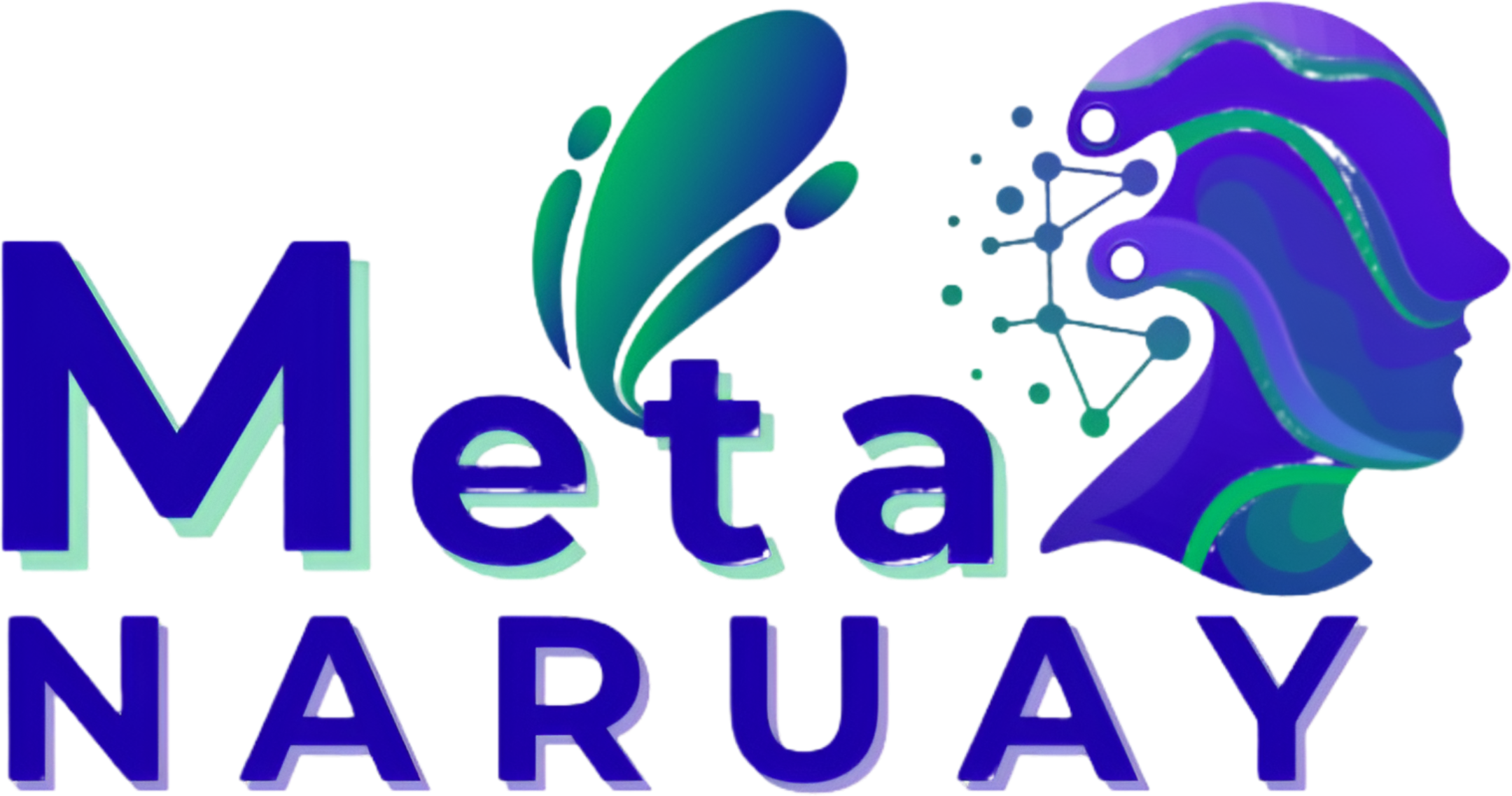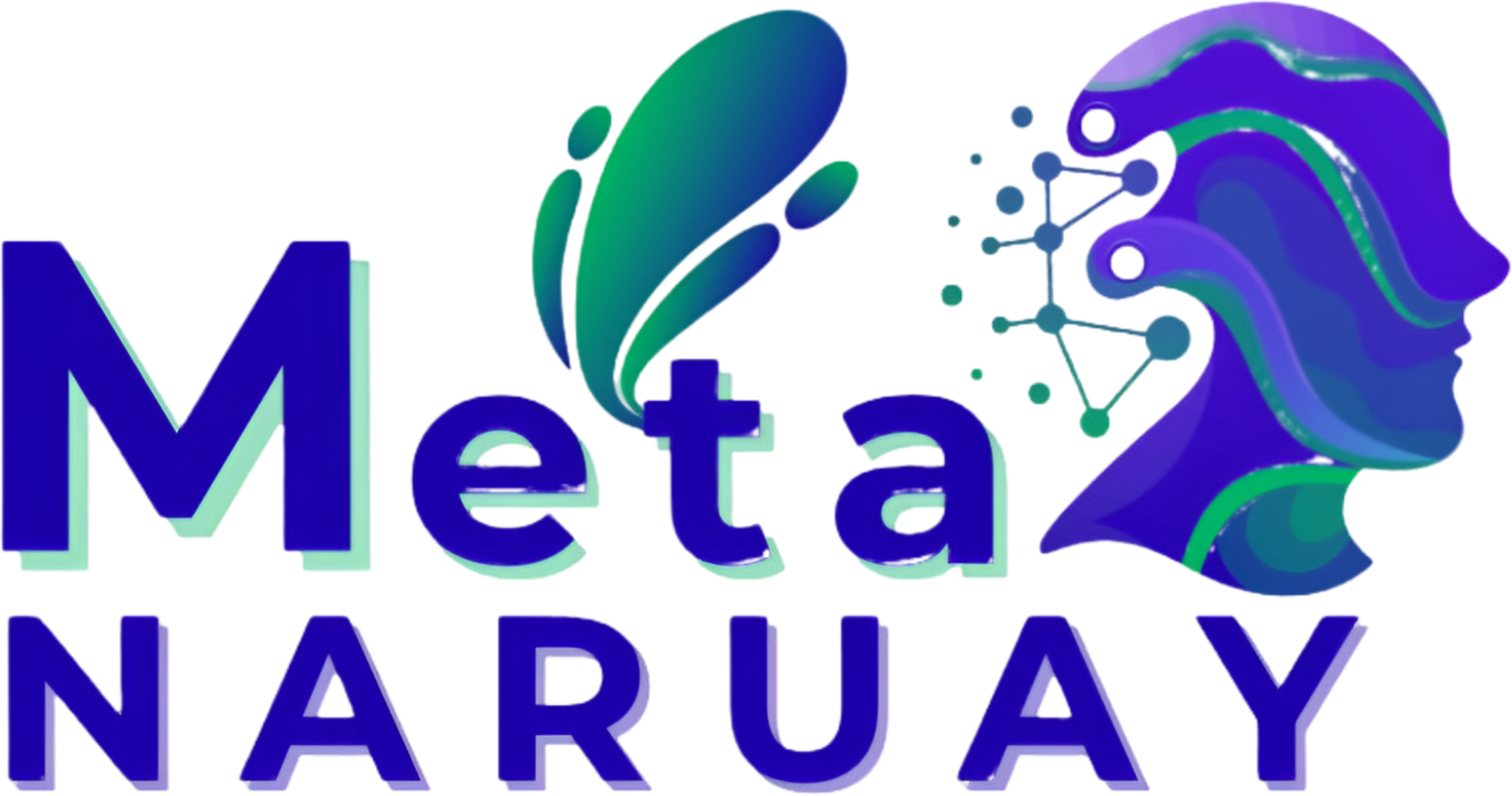The competitive landscape of the Cardiac AI Monitoring and Diagnostics Market is a dynamic arena where established tech giants and agile startups converge, each playing a crucial role in propelling innovation. Major industry players like Philips Healthcare, Medtronic, and General Electric Healthcare bring extensive R&D resources, established global distribution networks, and deep clinical integration to the table. Their strategy often involves acquiring promising AI startups, integrating AI capabilities into their existing cardiology platforms, and developing comprehensive solutions that span hardware, software, and services. These large corporations provide the scale and credibility necessary to drive widespread adoption of AI in complex clinical environments, often leading in areas requiring rigorous regulatory approval and large-scale clinical validation.
Simultaneously, a vibrant ecosystem of specialized AI startups and smaller technology firms is fueling rapid innovation, focusing on niche applications, groundbreaking algorithms, and novel data acquisition methods. Companies like AliveCor, with its AI-powered mobile ECG devices, exemplify how startups can disrupt traditional diagnostics by offering consumer-friendly, accessible solutions. These agile players are often quicker to iterate and specialize in specific AI functionalities, bringing fresh perspectives and innovative approaches to cardiac monitoring and diagnostics. The synergy between these two types of entities is essential for the market's explosive growth, projected to reach $9.82 billion by 2032 from its $0.85 billion valuation in 2023. This collaboration drives the 27.50% CAGR of the Cardiac AI Monitoring and Diagnostics market, ensuring a continuous stream of advancements across all segments, particularly in the rapidly evolving diagnostics and monitoring categories.
Key strategic activities within this market include continuous product launches, strategic partnerships, mergers, and acquisitions. For example, industry giants are constantly enhancing their AI offerings; Philips, for instance, focuses on integrating AI across its entire diagnostic imaging portfolio to improve workflow and diagnostic confidence. Meanwhile, partnerships between startups and larger healthcare systems are becoming common, allowing innovative AI technologies to be piloted and refined in real-world clinical settings. This collaborative approach accelerates the development and validation of AI models, ensuring they meet the stringent requirements of cardiac care, from accuracy to data privacy. Such collaborations also facilitate market expansion into high-growth regions like Asia-Pacific, where digital health adoption is rapidly increasing.
In conclusion, the symbiotic relationship between established tech giants and innovative startups is a powerful catalyst for the Cardiac AI Monitoring and Diagnostics Market. While large corporations provide the necessary infrastructure and market penetration, startups inject agility and specialized expertise, collectively driving the technological advancements that are reshaping cardiac care. This competitive yet collaborative environment fosters relentless innovation, pushing the boundaries of what AI can achieve in early detection, accurate diagnosis, and personalized management of cardiovascular diseases. As this market barrels towards its nearly $10 billion valuation, it is clear that the combined strengths of these diverse players will continue to define the future of heart health globally.



